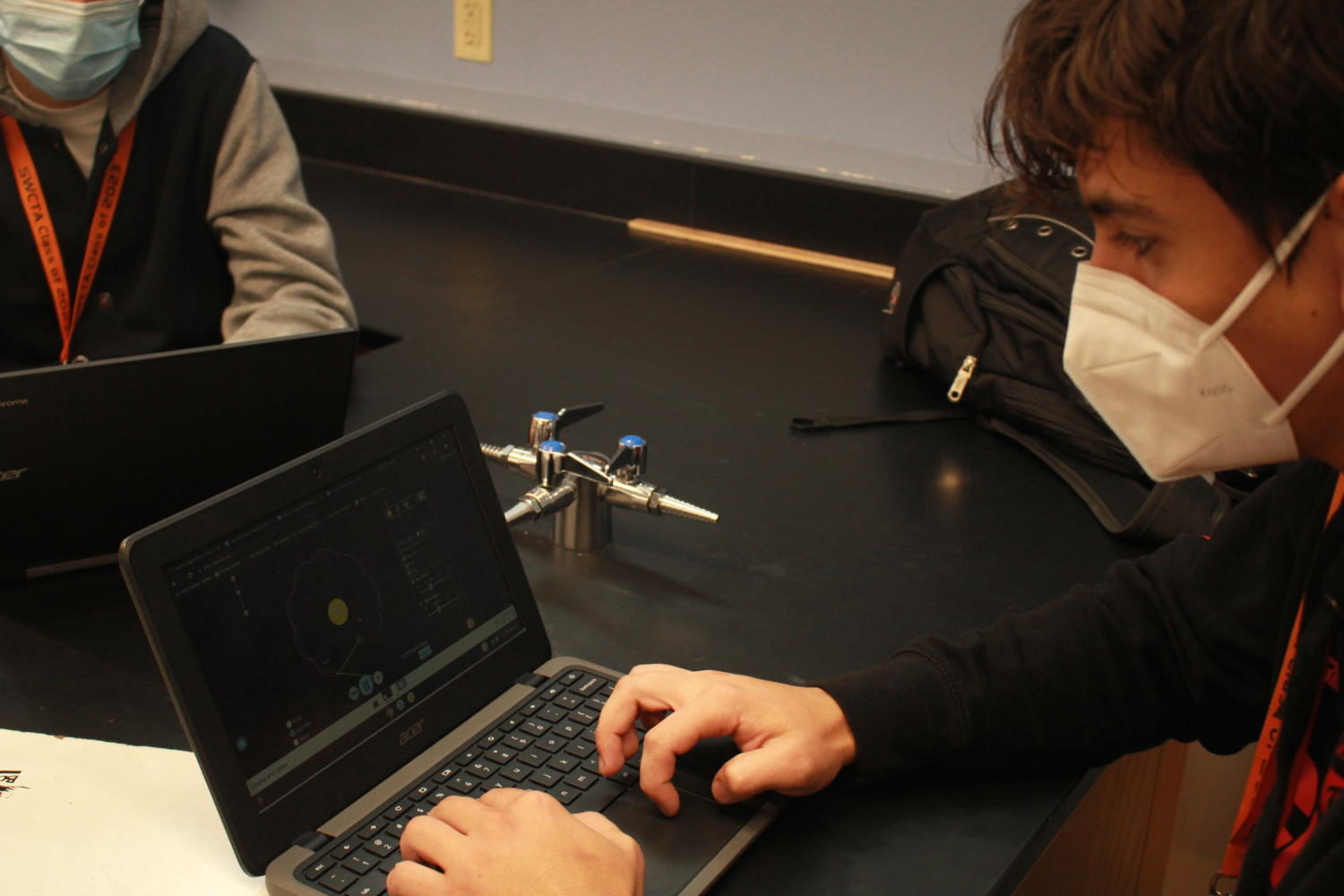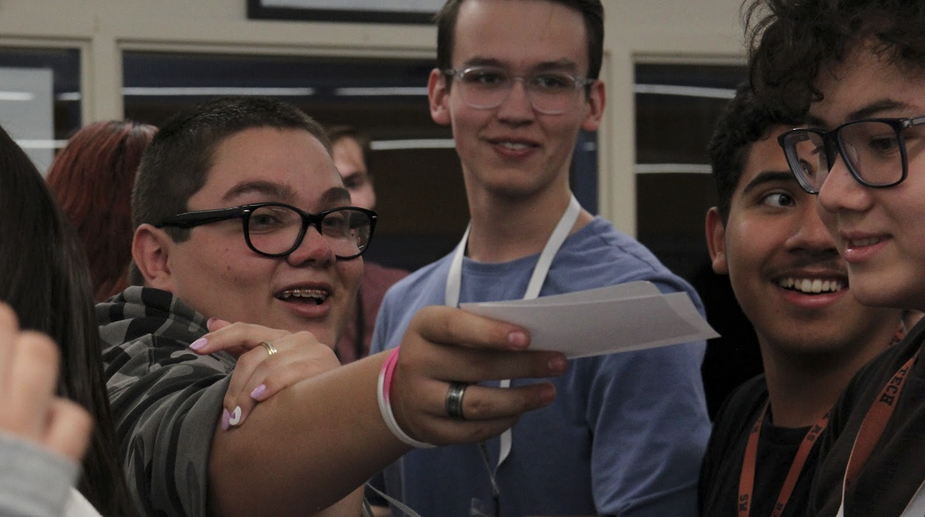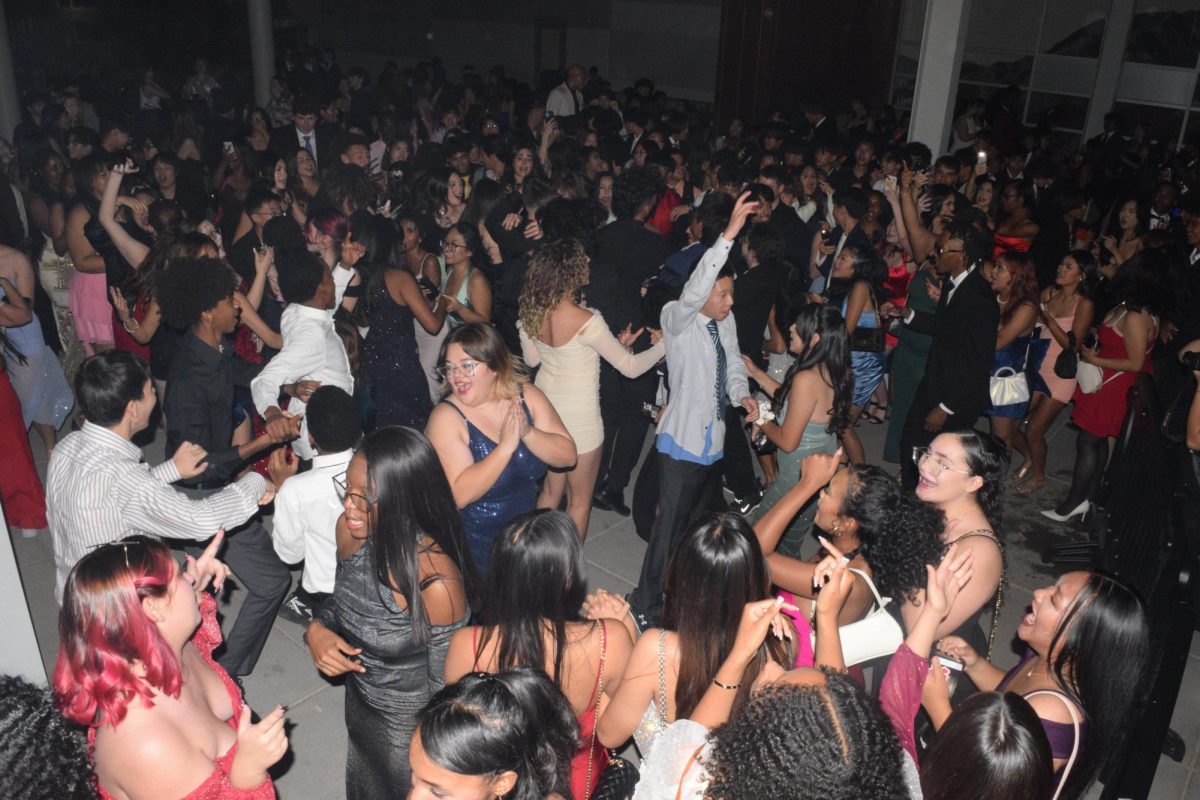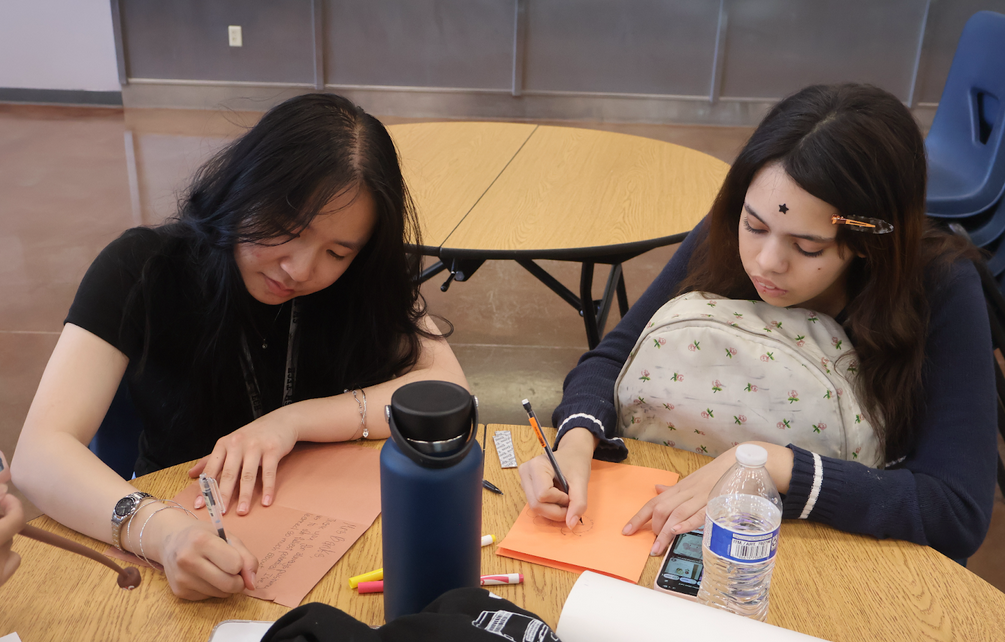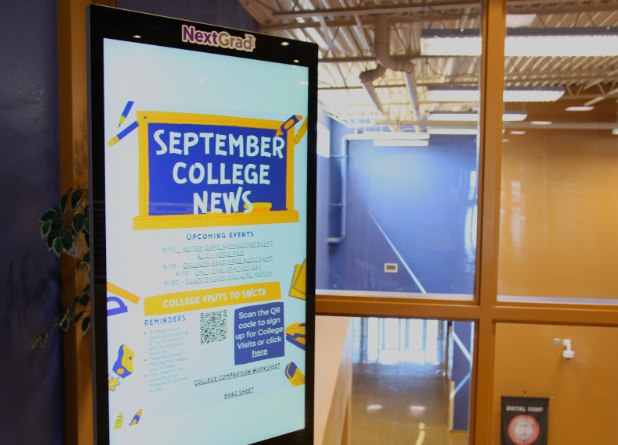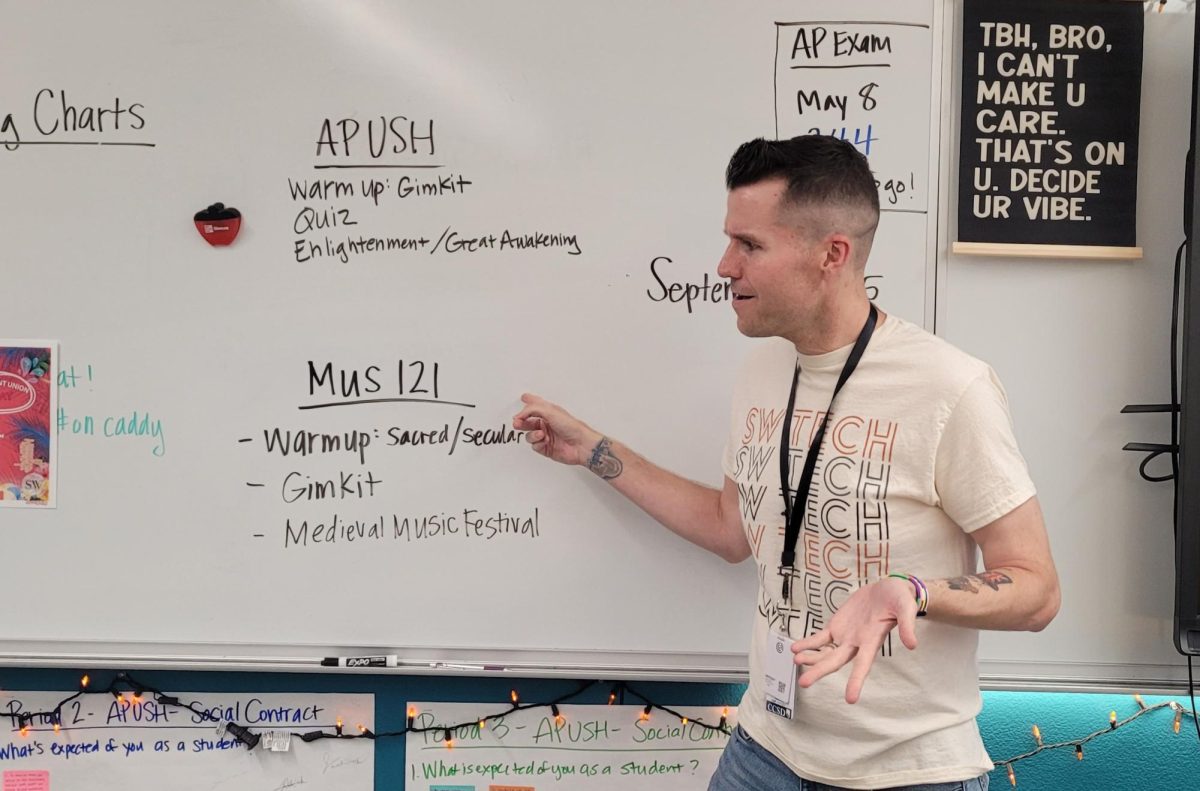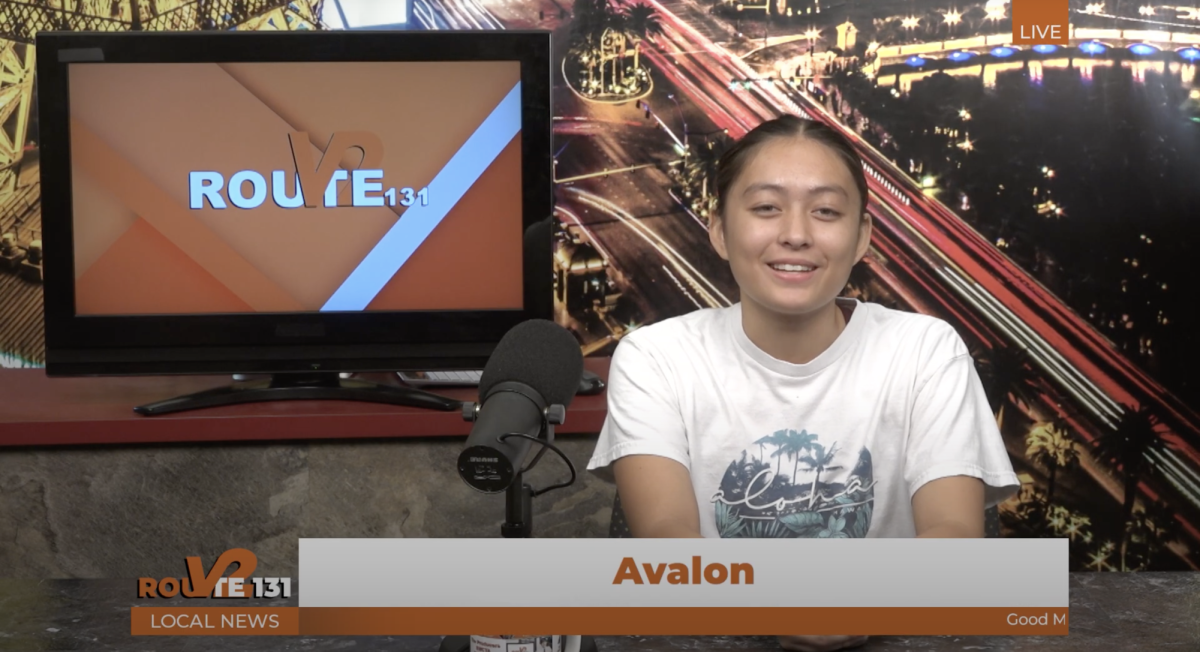Looking into space, students in Patrick Waddington’s Geoscience class completed a lab on the solar system to gain a better understanding about different orbits for an upcoming test.
“The lab definitely helped me understand the different concepts of space we learned about,” junior Noah Cannon said. ”It made the test easier because it reviewed and taught new information.“
Through the PhET simulation, students moved the planet around the sun to make both long and quick orbits, determine the shape and view how different masses affect the orbit.
“I think [the lab] was helpful; it provided me with good information, and some helpful review about orbits,” junior Carlos Gonzalez said. “[The lab] helped make me study for the test and I didn’t have to panic about not knowing much. My favorite part about it was that we could edit the mass of the sun and Earth.“
With this lab, students were able to utilize the knowledge from the stimulation and their notes on the test to do better.
”The Geoscience lab was one of the more fun, but still educational labs that I have done for any science class,“ junior Jake Champagne said. ”The lab helped me out for this test a lot because it introduced us to new vocabulary, and was very informative.”
After this unit, students will dig deeper into space to learn more about inner planets and the moon following the Big Bang theory, stars and constellations.
”This lab helped [these students] on the test by thinking stars have gravity, planets have gravity and interstellar objects are able to affect one another,” Waddington said. ”Also so we aren’t just thinking about earth, but our interactions in or with the universe.“

